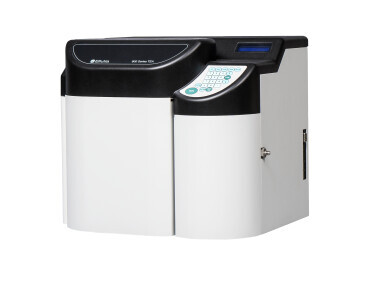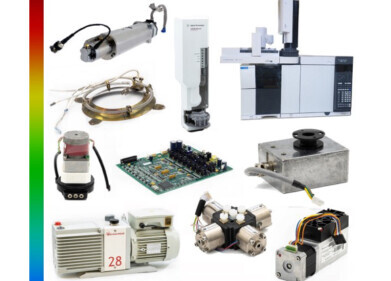Chromatography
How Can Light Fight Cancer?
Dec 10 2019
Following new research from the University of California and University of Texas, scientists are one step closer to developing photodynamic treatments for cancer. Using specially engineered structures containing silicon nanocrystals and organic molecules, the team successfully achieved photon up-conversion, a process that emits a light source with higher energy than the beam used to excite the material.
The higher-energy light has the potential to release free radicals deep within the tissue and fight malignant growths that ultraviolet laser light is unable to reach in a normal state. As well as treating cancer, photon up-conversion could also be used to fast-track new technologies for solar-energy conversion, near-infrared driven photocatalysis, quantum information and other light-centric processes.
Using light therapy to generate free radicals
The findings were published in the journal Nature Chemistry, with the team explaining how high energy light sources such as ultraviolet laser can be used to generate free radicals that attack and destroy cancerous tissue. Previous research has failed to harness the aggressive properties of ultraviolet light as it doesn't penetrate far enough into the tissue to deliver therapeutic radicals. Similarly, near-infrared light offers deep penetration but doesn't emit enough energy to create the tumour-destroying radicals.
Engineering a hybrid structure to achieve photon up-conversion
Photon up-conversion overcomes this challenge by attaching ligands, ions or molecules that bind to a central atom, to nontoxic silicon nanocrystals. When exposed to laser light, the surface ligands rapidly transfer energy from the nanocrystals to surrounding molecules. Low-energy excitation is then converted to a high energy state, a process known as triplet-triplet fusion. This results in the release of a new photon with higher energy and a shorter wavelength than the original photon absorbed by the nanoparticle.
"We functionalised silicon nanocrystals with anthracene," explains Pan Xia, head researcher of the study and materials science doctoral student at the University of Texas. "Then we excited the silicon nanocrystals and found that the energy was efficiently transferred from the nanocrystal, through the anthracene molecules, to the diphenylanthracene in solution. It means we got higher-energy light."
A breakthrough finding for cancer research
For co-author Lorenzo Mangolini, the work is fundamental and offers exciting new insight into how to force organic molecules and quantum confined silicon nanocrystals to collaborate. "We are the first group to really put the two together," he says. Ultimately, the research could spearhead new breakthroughs in the race for a cancer cure.
Want to know more about the latest scientific breakthroughs? Addressing a trend that's currently sweeping the globe and has sparked major concerns among health experts, 'Analysis of Electronic Cigarette E-Liquids by GC-MS' introduces the latest analytical methods for composition analysis developed by SCION Instruments.
Digital Edition
Lab Asia 31.2 April 2024
April 2024
In This Edition Chromatography Articles - Approaches to troubleshooting an SPE method for the analysis of oligonucleotides (pt i) - High-precision liquid flow processes demand full fluidic c...
View all digital editions
Events
Apr 28 2024 Montreal, Quebec, Canada
May 05 2024 Seville, Spain
InformEx Zone at CPhl North America
May 07 2024 Pennsylvania, PA, USA
May 14 2024 Oklahoma City, OK, USA
May 15 2024 Birmingham, UK


















